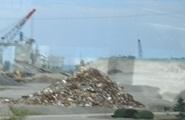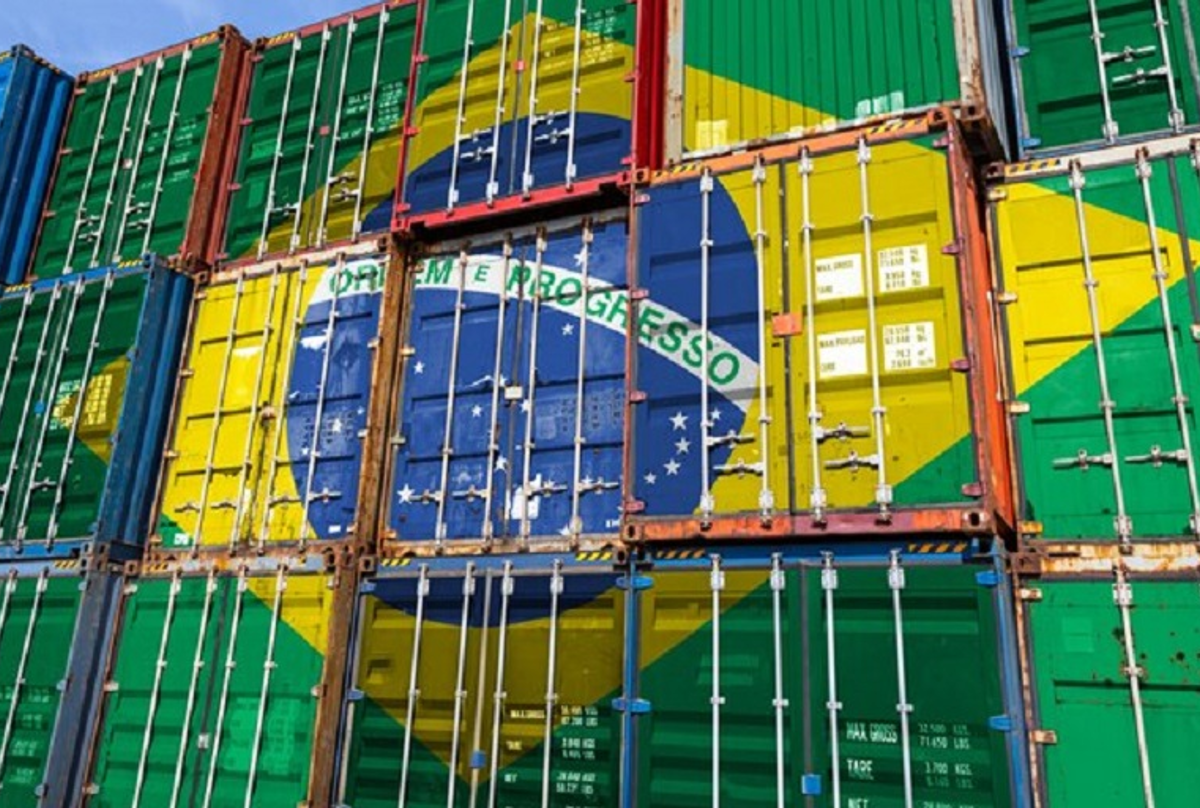Prices

December 18, 2014
Have Ferrous Scrap Prices Bottomed?
Written by John Packard
Shredded scrap prices are up approximately $20 per ton compared to where they were the first week of December. According to Mike Marley of MetalPrices.com, shred is in tight supply in several Midwest cities due to the decline in the flows of shredded feedstock due to the lower selling prices in October and November and auto wreckers and smaller dealers being content to sit on the sidelines until they see higher prices being offered.
![]() One of the East Coast dealers echoed the views of Mike Marley as he reported shred up $20 due to the slow flows of new scrap into the yards.
One of the East Coast dealers echoed the views of Mike Marley as he reported shred up $20 due to the slow flows of new scrap into the yards.
The expectation is for January scrap pricing to be higher than what we saw in December (which was essentially sideways on most products). For shredded the expectation is for a minimum of $20 and could go as high as $35 per gross ton.
There is also discussion being had regarding Busheling. With the Nucor DRI plant being down for an extended period of time the thought is they will need to increase their buys of Busheling and Bundles (prime grades of scrap). Busheling price hikes could mirror those of shredded.
However, the consensus is that the ferrous scrap prices may not rebound for any extended period of time. Mike Marley told SMU in an email earlier today, “ I’m not sure that the scrap prices have bottomed at this point. January could be a one-month upward blip. You know better than me that there is a lot of uncertainty about steel prices. Also, there are doubts about the strength of auto sales going forward into 2015. Shredded is the commodity in short supply at this time and with higher prices that could bounce back. Or, the exporters could sell more of their shredded into the Midwest as they did earlier this year when domestic prices were much higher than what they could get overseas. Turkish mills have raised the price for imported scrap this week, but they still are taking in a lot less than they usually buy at this time of the year. They have been buying steadily from Baltic scrap exporters and Western Europe at lower prices than U.S. exporters are demanding. Weather and not the cheaper ruble will be a bigger factor there in the coming months. The overriding problem for the Turks is the weakness of their steel sales. They are facing stiff competition from cheaper Chinese steel in many of the Middle East markets. If the Turks don’t go on a new scrap spending binge soon, that will leave a lot of scrap on the U.S. East and Gulf Coasts.”
Then the biggest kicker when it comes to scrap and scrap pricing during the winter months is the weather. We do not yet know if this is going to be an excessively cold and/or snowy year. If it is, then scrap prices should firm. If not, we may see further weakness in the numbers in February or March.







